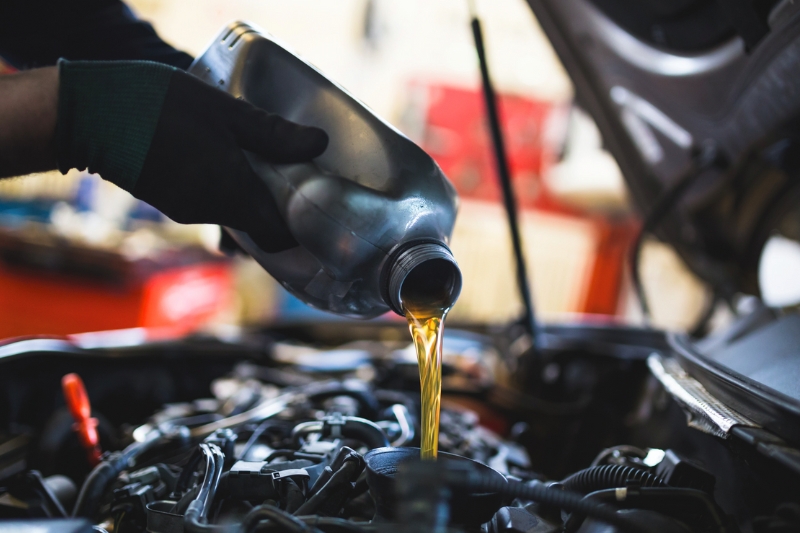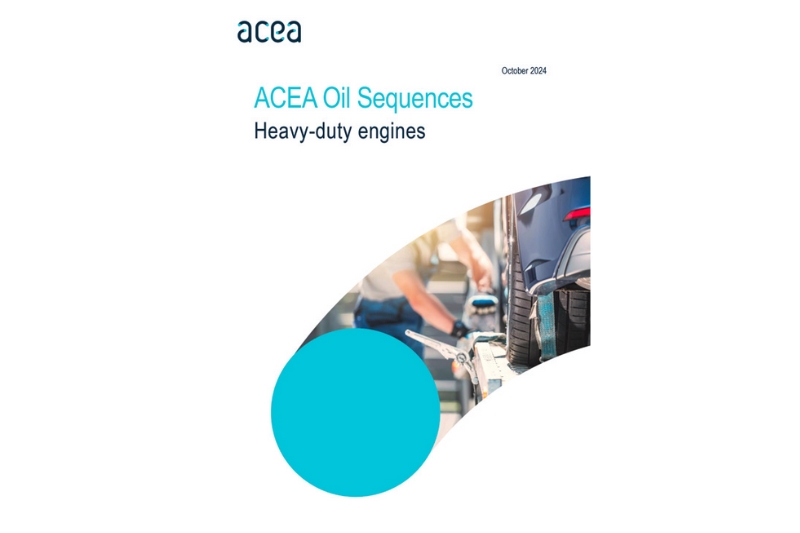What are the recent changes to oil specifications?

CVW spoke to Harald Oosting, chairman of the Verification of Lubricant Specifications (VLS), about recent changes to oil specifications and the complexity of oil choice in a rapidly evolving market.
The past decade has seen immense change in the lubricants industry, and the pace of change shows no sign of abating. Lower viscosity fluids have become more commonplace, but the vehicle parc is ageing. Engine manufacturers are investing in developing electric and hydrogen powertrains to meet emissions requirements.
Industry associations and lubricant manufacturers are developing new product tests, specifications and formulations to meet the needs of a changing vehicle parc. The European Automobile Manufacturers’ Association (ACEA) has recently published the 2024 edition of the ACEA Oil Sequences for Heavy-Duty Engines.
The new sequences, launched in October 2024, address engine developments driven by regulatory and performance needs, complemented by necessary test maintenance requirements. Emission requirements for heavy-duty vehicles have been strengthened over time. Euro VII will bring light-duty and heavy-duty standards closer, but there are still differences with Euro VI.

New category
The ACEA sequences are a set of performance requirements specifically tailored to the needs of the European market. In the 2024 sequences, a new engine oil category, F01, has been introduced, which has specific viscosity requirements in comparison to E11-24 oil specifications. F01 is expected to be used for road vehicles, not off-highway vehicles, to help tackle the road emissions issue.
According to European legislation, emissions from most new trucks must be 15% lower by 2025 and 30% lower by 2030. The 2024 sequences allow for lighter viscosities XW-30 and lower high temperature high shear (HTHS) viscosity between 2.9 and 3.5 MPa.s at 150°C, which can help achieve these emissions targets. HTHS is one of four viscosity characteristics defined when determining the SAE viscosity classification of an engine oil. The new F01- 24 category is similar in performance to E11 but mandates an XW-30 engine oil grade and a lower HTHS than the other categories to improve fuel economy for a small but emerging part of the market. This contrasts with the 2022 update, which introduced new categories, E8 and E11, and updated engine tests for the E4 and E7 categories that applied to a significant part of the market.
The 2024 sequences replace the 2022 sequences. Claims can now be made against the 2024 sequences, and from 15 October 2025 onwards, the 2024 ACEA Oil Sequences for Heavy-Duty Engines will be mandatory for all new claims.
The VLS welcomes the publication of the new ACEA Heavy-Duty sequences and any initiatives which support emissions reduction. Although heavy-duty vehicles comprise a small percentage of the vehicles on our roads, they are responsible for a much larger share of CO2 emissions. Engine and lubricant manufacturers are working hard to reduce emissions from existing diesel engines and develop electric and hydrogen solutions to help achieve net zero targets.
Don’t look back
Operators must be aware that, as with the light-duty sequences with lower HTHS limits, backwards compatibility could be an issue. Workshops need to be vigilant and ensure they use the correct lubricant for every vehicle they service.
Modern engines are incredibly complex. Technically advanced lubricants play a critical role in contributing towards improving fuel economy and meeting emissions regulations. Non-compliant products run the risk of causing damage to customer vehicles that could have been avoided.
Online lubricant databases operated by most lubricant companies will provide a recommendation as a starting point for the correct oil based on a vehicle’s registration. Technicians should verify this recommendation by direct reference to the vehicle manual and the actual product claims in marketing literature, technical data sheets, and product labelling provided by their supplier. Looking beyond the viscosity to specific performance claims such as the ACEA sequences and OEM standards should ensure that the lubricant is fit for purpose in that specific vehicle.
If workshops are in any doubt about which oil to use for a particular vehicle, they should contact the vehicle manufacturer for assistance.
Slippery customers
Non-compliance with stated specifications remains the most frequent cause of complaint investigated by VLS. Whether it be compliance with the ACEA’s European Engine Oil Sequences, other market standards or conflicting or unevidenced OEM approvals, it is vital that any end user can be confident that a product can deliver what it claims and is suitable for use in the given application.
Understandably, with margins under pressure, lubricant marketers are keen to service the maximum number of applications with the minimum number of products. But they must be able to prove their marketing claims. VLS plays a critical role in ensuring that lubricants are labelled accurately. This includes working with Trading Standards if required to ensure robust action is taken and incorrectly marketed products are brought into line.
About VLS
Verification of Lubricant Specifications is an independent organisation providing a credible and trusted means to verify lubricant specifications. For more details on the work of VLS, please visit www.ukla-vls.org.uk.









